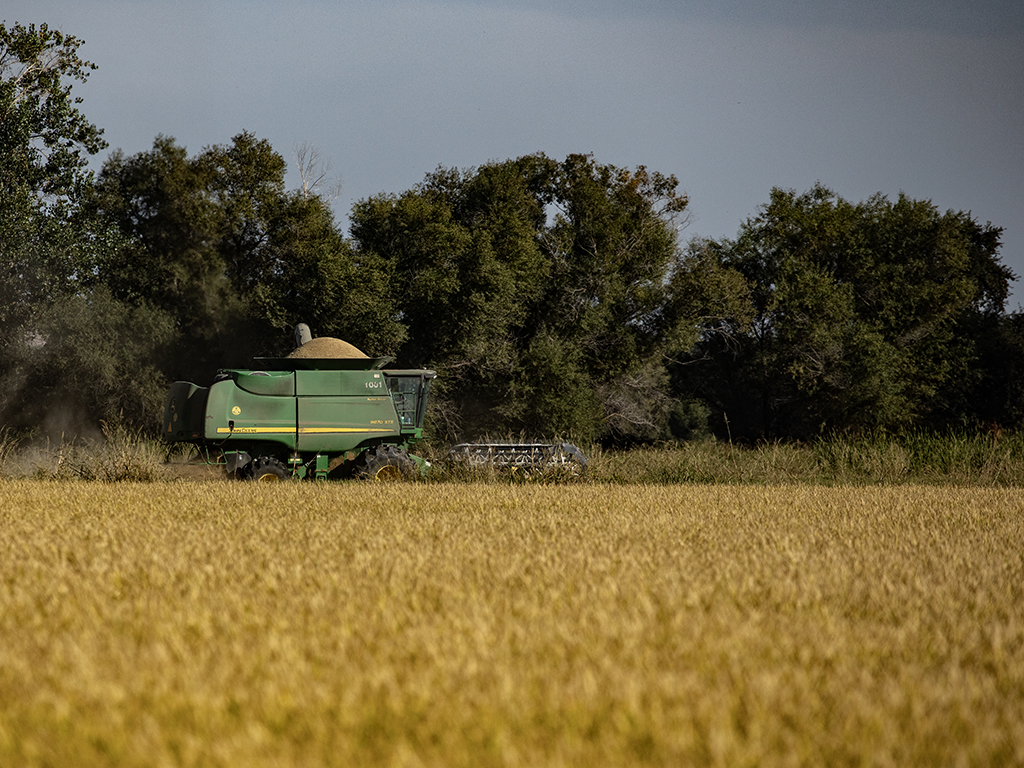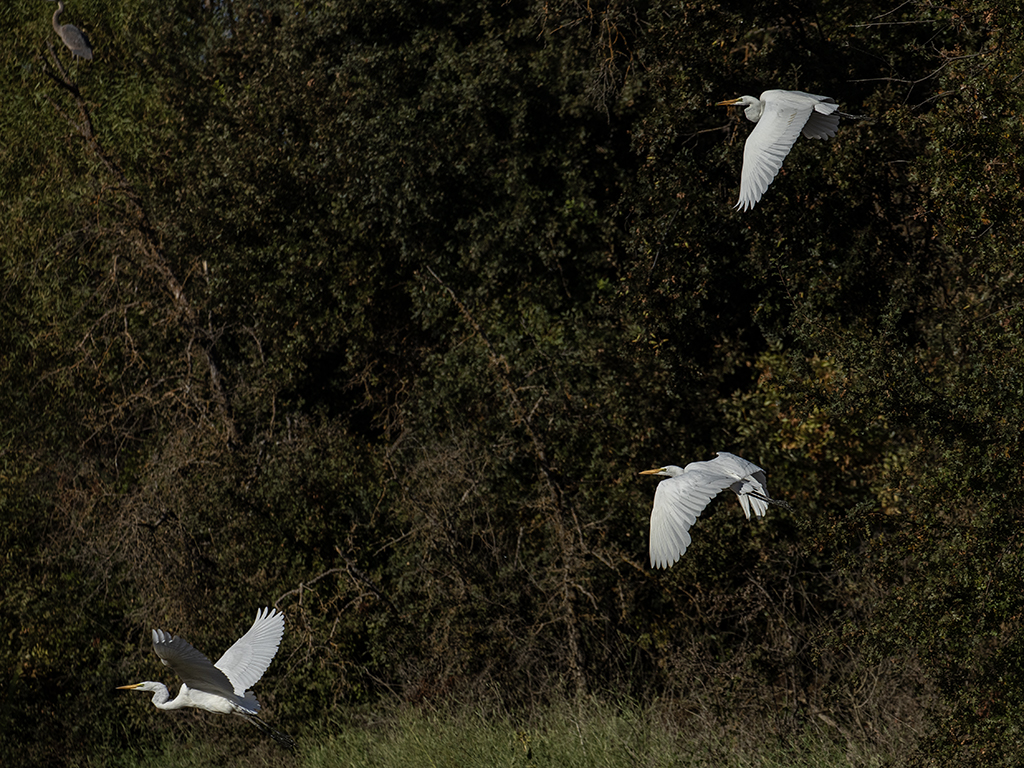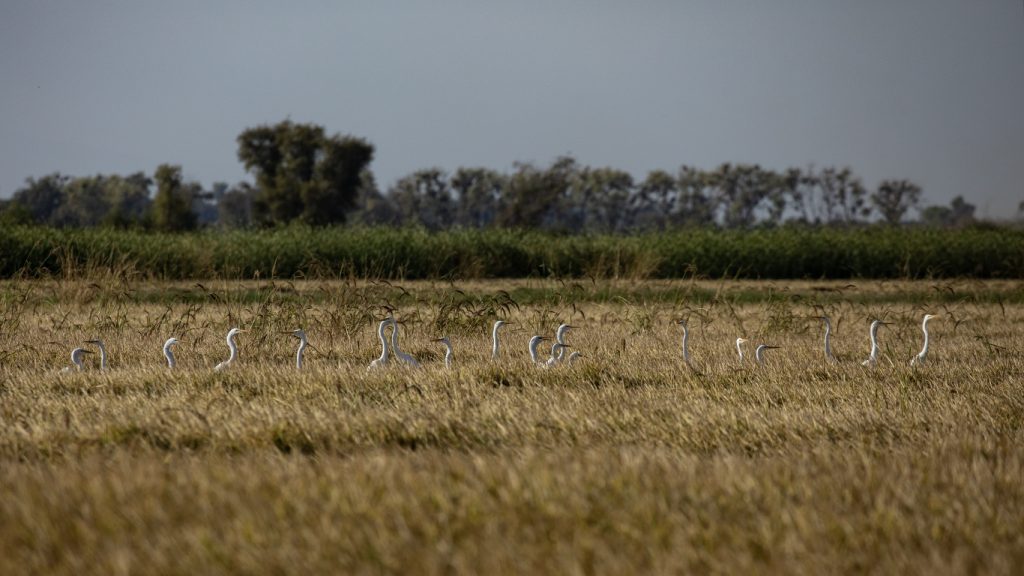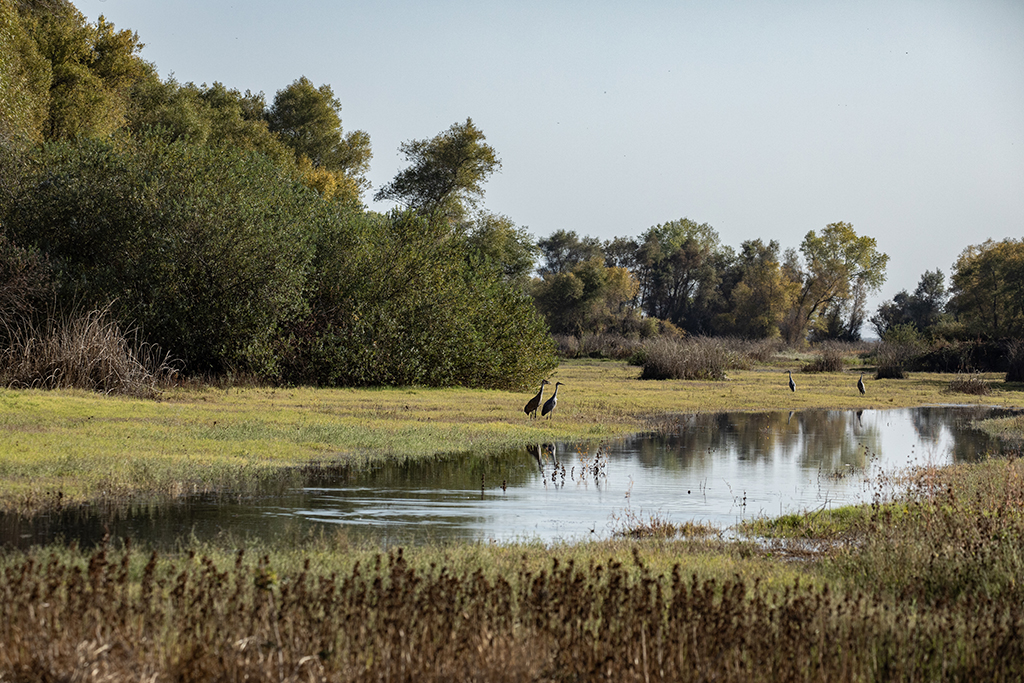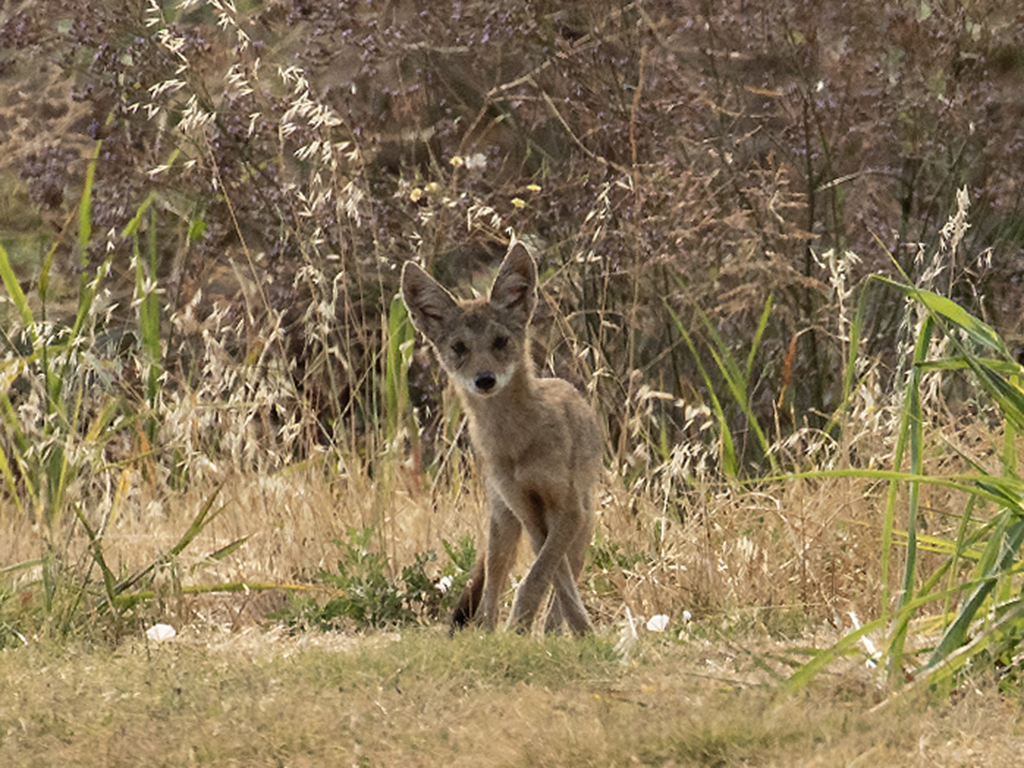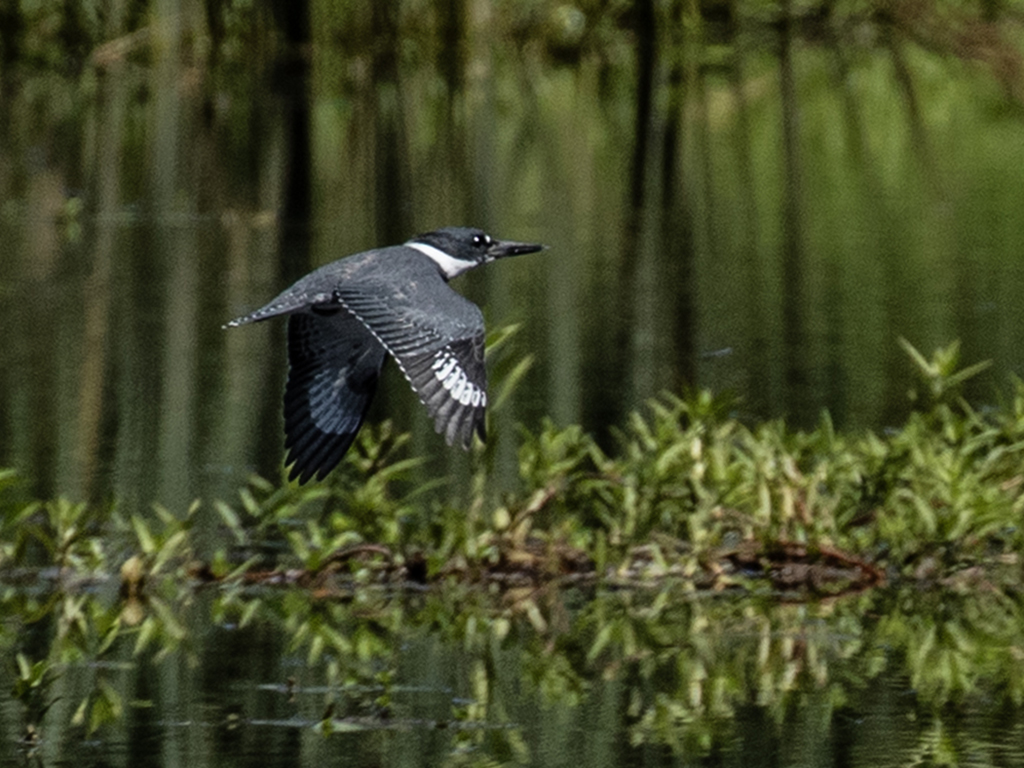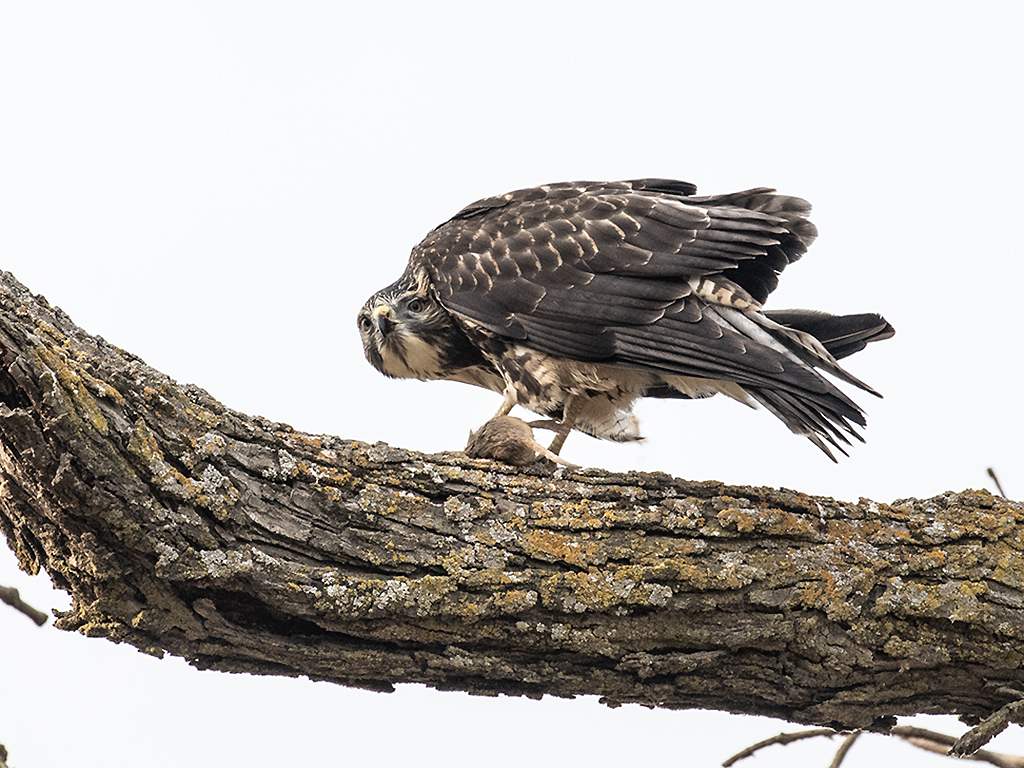Conservation
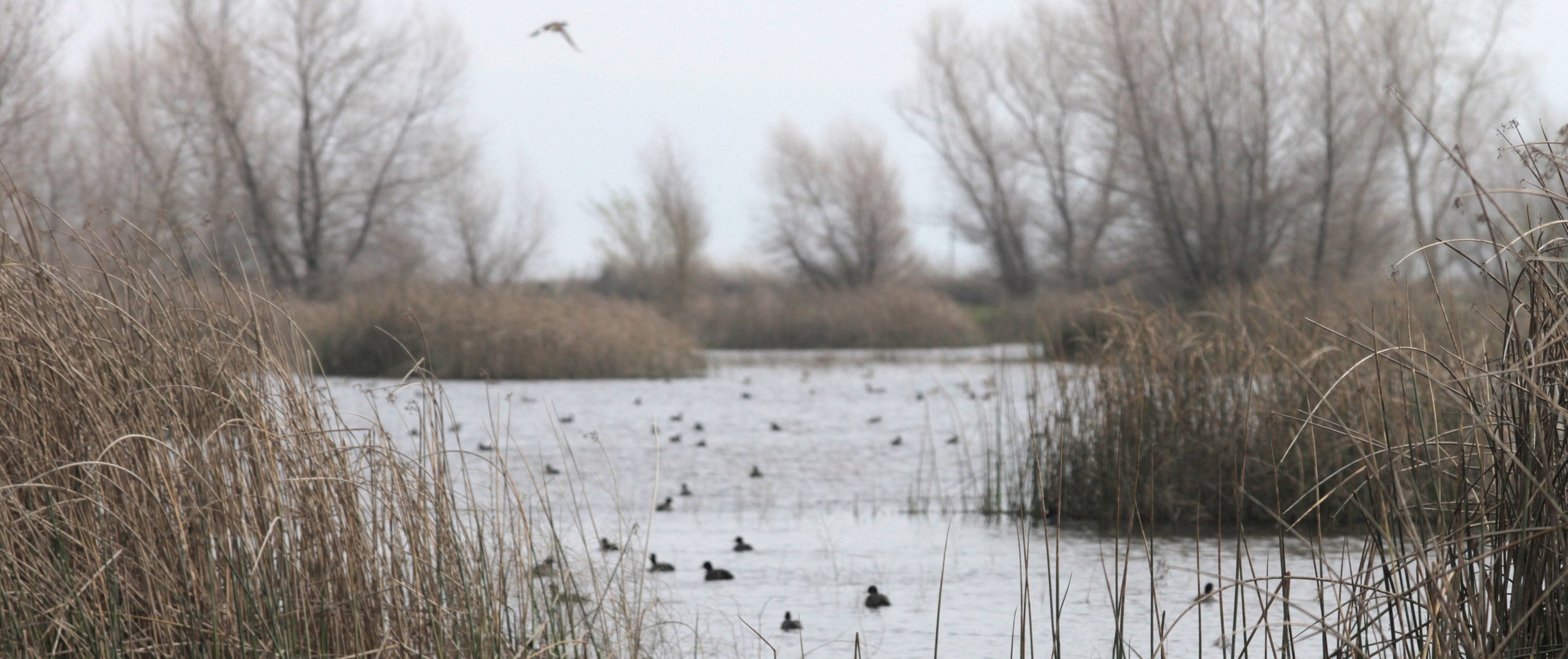
Conservation is a Critical Part of
What We Value at Richter AG
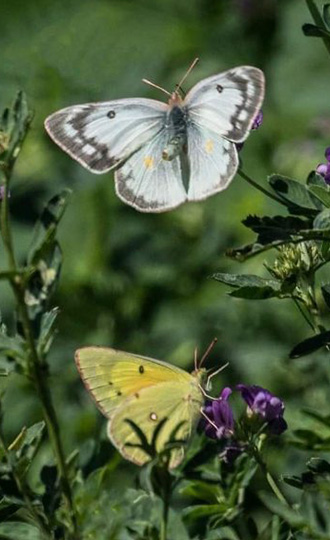
A large part of our operation is surrounded by natural river habitat, commonly known as "river jungle". These areas are havens for all sorts of wildlife, including some rarer species. These areas are considered sanctuaries, and we take great care to work around them and impact and disturb them as little as possible as we go about our normal farming practices. Species observed there include deer, beaver, river otters, and even mountain lions, as well as a wide variety of birds, including raptors.
As normal maintenance practice we keep our field roads tidy and usable by mowing the fast growing weeds. There is a large variety of upland and waterfowl birds that nest on and around our various properties, spread over miles. Federal biologist colleagues tell us that the nesting period is mostly over by June 15th. We delay road mowing whenever possible until after that date. Even then, we leave untouched strips along the road edges to provide summer cover and a safe area for late nests.
The jungle areas contain varieties of native oak trees that we consider untouchable. There are some heritage oaks that are over 100 years old. As these special trees try to encroach onto the farming areas, we take care to gently trim them back, rather than cut them down.
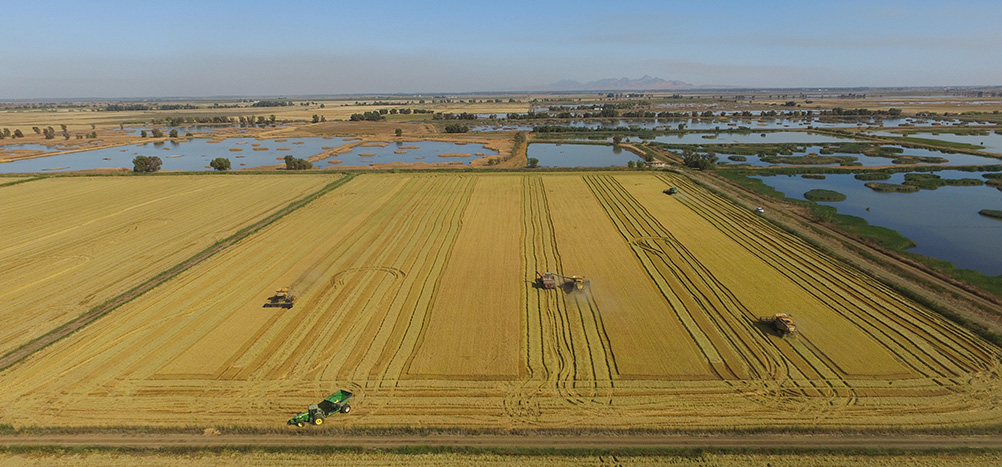
Preserving Wildlife Through Sustainable
Water Use and Wetland Management
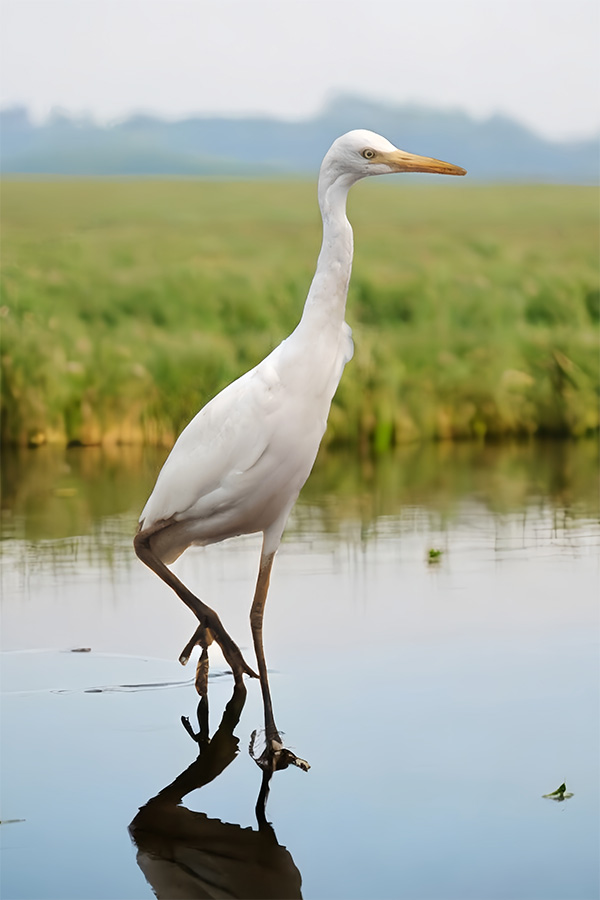 We have a network of both active and retired biologists who are or have been associated with the federal and state refuge systems, or with conservation organizations such as California Waterfowl. We regularly consult these biologists to help us plan and conduct our farming and land maintenance operations so as to be as compatible as possible with wildlife.
We have a network of both active and retired biologists who are or have been associated with the federal and state refuge systems, or with conservation organizations such as California Waterfowl. We regularly consult these biologists to help us plan and conduct our farming and land maintenance operations so as to be as compatible as possible with wildlife.
Water is a precious resource and the lifeblood of our farming operation. While we get our water from a variety of sources, we are always conscious of conservation. Whether from the Sacramento or Feather River systems, from wells, or from return flows from other growers, we constantly consider ways of using less, and wasting none. Flows are monitored so that we ensure we are using the minimum needed for our crops and habitats. We constantly maintain our water control structures and replace them when they develop leaks that could create waste.
The pride of Richter AG is the 100-acre parcel of marginal farmland, lying along Butte Creek and adjacent to the Howard Slough Unit of the Upper Butte Basin Wildlife Area. We converted this naturally beautiful parcel into a seasonal wetland. Native oaks and grasses were added around the perimeter, and along Butte Creek to enhance the surrounding natural habitat. It is managed for a wide variety of wildlife, year-around. In the spring it is left virtually untouched and managed as nesting cover for a wide variety of birds, including waterfowl, pheasants, turkeys, quail, shorebirds, and others. After the nesting season the wetland is partially mowed to provide semi-open areas surrounded by diverse cover such as Willow groves, bullrush, and cattail tulles, for summer deer and turkey habitat, and to encourage the growth of beneficial food plants. In late fall and winter it is deep flooded and managed as a habitat for migrating winter waterfowl. A part of the wetland is reserved for carefully managed and limited, non-commercial waterfowl hunting during the winter waterfowl season. The adjacent 300 acres of rice land is flooded and serves as a non-disturbed sanctuary and food source for migrating waterfowl.

